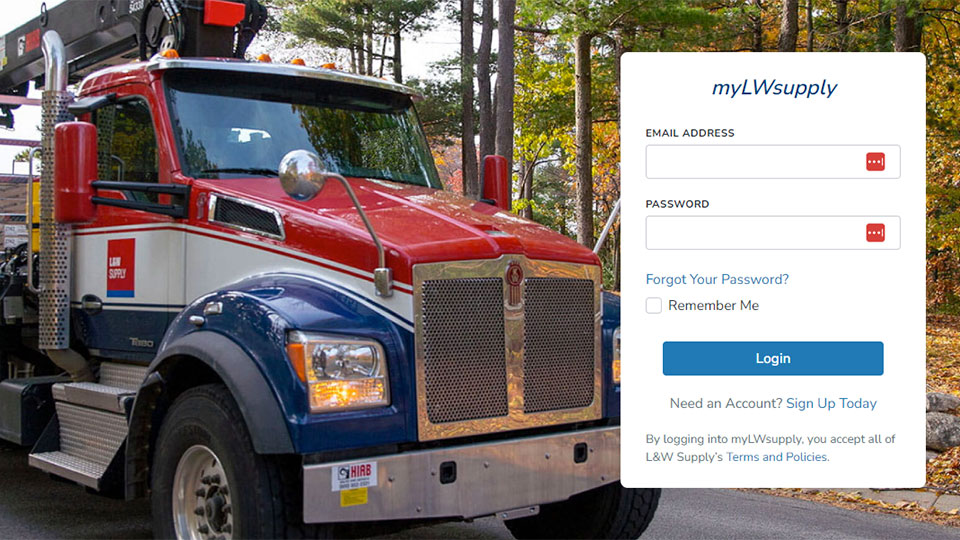7 Tips to Understand Construction Contracts
There’s nothing like signing a new construction contract—you’ll have business coming in the door and get your labor force back to work. In the rush and excitement of the moment, one important question needs to be asked: have you read the contract you are signing? Have you really read it closely and do you understand it in its entirety?
As a lawyer who practices in the area of construction disputes and construction site injury lawsuits in Illinois, I often see executed contracts and subcontracts and wonder why our client (or an opponent) signed it and agreed to terms that may severely curtail their rights, lead to onerous responsibilities, or impose huge financial burdens.
The purpose is to provide you with these tips to help you understand your construction contracts and to help you learn what you can do when certain contract provisions are proposed before you sign on the dotted line.
1. Read everything before signing.
While this may seem overly simplistic, there is no substitute for sitting down and taking a few minutes to read every last part of the contract—fine print, footnotes, appendices, and attachments. We all have a tendency to gloss over language we think we have seen before or we believe we understand. However, one small change in a sentence in the middle of page 12 of an 18-page contract may cause your company to take on a burden it should not undertake.
2. Ensure everything you agree to is in writing and part of the contract.
Fortunately or unfortunately, handshake deals are a thing of the past. You are only safe if the terms you want are in writing. To take this one step further, the terms must be part of the contract or in a written document that is incorporated into the contract. Often contracts have a clause stating that the contract is the “entire agreement” between the parties, which supersedes and replaces all prior discussions, commitments, or proposed agreements. This clause is to protect the parties from each other so that one party cannot claim there was another oral or written agreement or promise on a separate topic to be enforced along with the contract.
3. Understand the indemnity clause.
Indemnity clauses, which are used to shift potential costs from one party to another, are common in construction contracts. Indemnification usually flows “downstream”—from owner to general contractor to subcontractor. State laws differ significantly as to actions that can be indemnified. In Illinois, by statute, a party cannot obtain indemnification for its own negligence in construction contracts. A valid indemnification clause, however, can saddle a company (and its insurer) with litigation costs, defense costs, and verdict or settlement amounts if a lawsuit is filed in a construction negligence, breach of contract, or personal injury claim. These clauses are the subject of much litigation in the construction field, so an understanding of the specific language of your contract is essential.
4. Understand the additional insured clause.
An additional insured clause instructs one party, usually the subcontractor, to name another party, usually the general contractor, as an additional insured on its insurance policy. If you are providing additional insured coverage, be sure you understand what you must provide, including the amount of coverage and proof of additional insured status. If you are being named as an additional insured, be sure you know how much coverage you have, your rights as an additional insured, and obtain a copy of the policy. Do not hesitate to ask questions of your insurance provider or broker regarding this important part of the agreement.
5. Outline how change orders will be handled.
It is important to have language in your contract requiring changes orders or extra work to be agreed to in writing. Often, changes or extras on projects come about quickly. If your contract has this language and you have the proper forms that can be completed, this will ensure that if there is any question in the future, the parties have a written understanding of the different or additional work that is to be completed.
6. Understand arbitration clauses, jurisdiction clauses, and attorneys’ fees clauses.
There are a few important things to keep in mind when reviewing your contract and thinking ahead about a potential future dispute. Ask yourself:
- Does the contract require the parties to arbitrate the dispute instead of filing a lawsuit?
- Is there language dictating where the arbitration (or lawsuit) must take place or the laws of the state that will govern a dispute?
- Is there any language dictating that the attorneys’ fees of the winning party in a dispute are to be paid by the other party?
7. “Flow-through” clauses—Are you assuming responsibilities meant for other parties in other contracts?
Flow-through or pass-through clauses basically transfer the responsibility for the project or certain obligations from the general contractor to the subcontractor. They can incorporate terms and language from other contracts into your contract. This could include insurance, warranties, indemnity, and dispute resolution terms for which your company may now be responsible. Be sure these clauses are limited and that you have all documents referenced so you know everything to which you are agreeing.
Taking the extra time to read and understand some of the clauses and language in your next construction contract is essential to protect your business. You may not be in a position to negotiate or change contract terms, but at least you will understand what you are getting into. Finally, having a lawyer create, or at least review and edit your contract documents, may help you understand your future obligations and limit your litigation headaches.
Adam C. Carter is a partner at Cray Huber Horstman Heil & VanAusdal LLC and a skilled litigator, focusing on product liability, construction law, and breach of contract cases.
All data and information provided in this blog posting is for informational purposes only. L&W Supply makes no representations as to accuracy, completeness, currentness, suitability, or validity of any information provided therein and will not be liable for any errors, omissions, or delays in this information or any losses, injuries, or damages arising from its display or use. All information is provided on an as-is basis.

L&W Supply Expands Order Management Tool With E-Commerce Feature
Customers can now place orders through myLWsupply CHICAGO – April 1, 2024 – L&W Supply, a nationwide distributor of interior building materials and construction supplies, has announced that its customers now have access to enhanced e-commerce capabilities through its online order management tool, myLWsupply. The tool will now allow them to order products, see pricing, […]

L&W Supply Announces the Opening of Its Seventh Michigan Location in Portage
Jeffrey Pettit manages the newest location CHICAGO – March 5, 2024 – L&W Supply, a nationwide distributor of interior building materials and construction supplies, has opened a new location at 1723 Vanderbilt Ave. in Portage, Michigan. Jeffrey Pettit manages the new location. Pettit joined L&W Supply in 2004 and has since held various positions, including […]